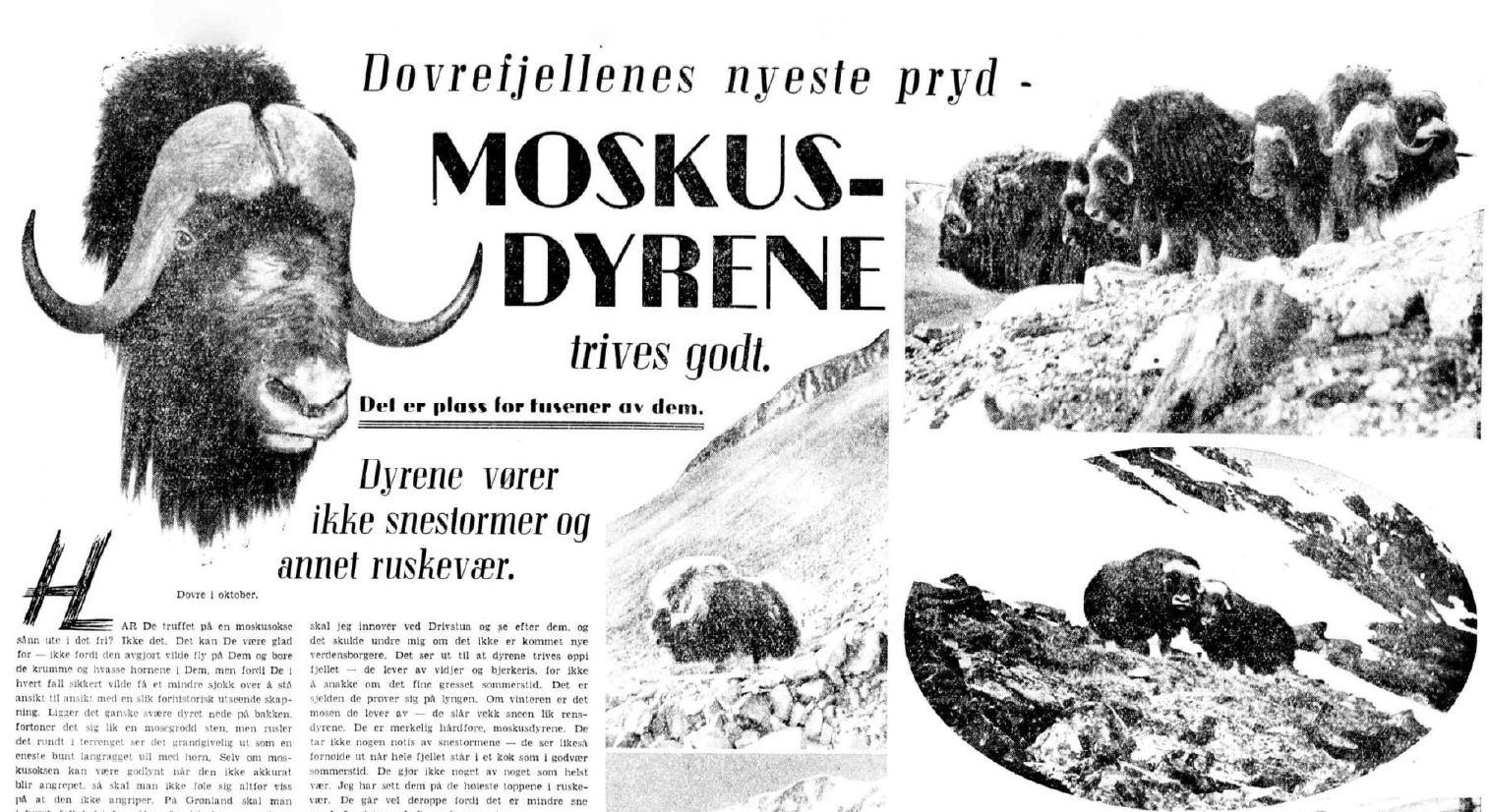
Does it have some sensible purpose?
In October 1975, Randi Bakke wrote a letter to the newspaper Aftenposten in response to an attack by a muskox in Northern Norway that left a moose hunter dead. The letter, which ran under the headline ‘Are we benefited by muskox in Norway?’ (Er vi tjent med moskus i Norge?), asked some really important questions about reintroduced muskox:
What will we really do with these imported animals? Do they have any justification at all in Norwegian nature? They do aboslutely nothing valuable ecologically, nor are they meant to be used as edible game. They are here only for enjoyment, for whom? Sure, for some enthusiastic people who think it is fun (exciting) to know that we have some flocks of this animal running around in our mountains. Moreover, it’s newspaper material for the masses! … Are we benefited by it? Does it have some sensible purpose? Who will or can answer that?
Randi’s questions get to the heart of the matter: why? Why bring muskox and set them free in the Norwegian mountains?
This is a key problem for me as an environmental historian. Trying to figure out why people have adopted a particular course of action in the past is sometimes straightforward, sometimes not. And in this case, to be honest, it has not been easy.

The earliest article I have about the muskox to be released on the island of Svalbard from 1929 stresses that muskox are “a meat producing animal with an excellent wool”. The plan’s advocate, Adolf Hoel (founder of the Norwegian Polar Institute), argued that more meat-producing animals were needed on Svalbard so it could be self-sufficient and muskox were a superb choice for that. The earliest newspaper coverage of the release of muskox in 1932 to the Dovrefjell area doesn’t give any justification for the project at all. It seems like they thought it was completely self-evident, which of course it is not. But a feature article from May 1933 proposes meat as the reason, just as it had been on Svalbard:
The experiment with breeding muskox here in the country has a significant practical consideration, that it will be a very cheap way to produce meat. The meat is very good tasting prepared as steaks, beef stew, fresh soup and ground meat.
Having tasted muskox as a paté at dinner at Kongsvoll Fjeldstue, I can affirm that it does indeed have a good taste, and the historical reports I’ve read all praise the meat.
But was this really the motivation? Was it to produce cheap, good tasting meat? (As an aside, I can say as a former Texan that beef in Norway is really poor quality so there would have been a certain improvement with muskox!) So I’ve searched for confirmation of the ‘beef’ basis for the reintroduction, but to no avail. Perhaps this is because the herd never got large enough to feed people.
An almost full page interview portrait article in 1940 with forester Jon Angaard who was responsible for monitoring the Dovre herd appears under the title ‘Dovre mountain’s newest ornament’. This is a fascinating choice of words because it stresses the non-use of the muskox – they are ornamental, for show. The interview included a question to Angaard about muskox wool; he answered that he had not tried to use it, but he had heard that it was something that could be done. There was no other reason for muskox given. Yet, Angaard made the point that there was ‘room for thousands of them’ in Norway. In the context of the article, these thousands are desirable because of their decoration of the mountains.
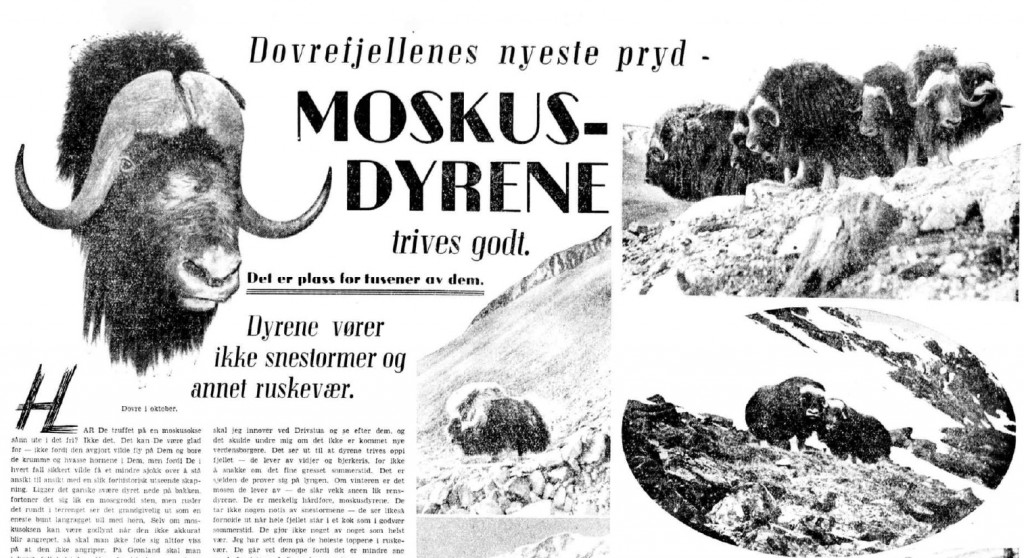
In 1947, more muskox were brought from Greenland to Dovre because the small herd had died out because of ‘big game hunting’ by German soldiers during the war. A newspaper article covering the release about it made a different claim about the value of the animals:
The relocation of the animals is of intense scientific interest. For the district, they will be a big attraction for turists and for locals. And animal lovers over the whole country have gladly heard the news that the calves have been safely obtained.
In this article, the first motivation is said to be science. That makes sense since the Norges Svalbard- og Ishavsundersøkelser (the Norwegian Polar Institute) was the one who arranged for the calves to be caught and delivered from Greenland. The second motivation mentioned was tourism. An article in 1948 in the Tronhjems turistforening årbok likewise emphasised this aspect, ending a long article with “That it [the muskox herd] will become a tourist attraction of great importance is no doubt.” As a counterpoint to this tourism benefit, we can note that Angaard had said in 1940 that it was “very seldom that tourists get to see the animals at all” since they live so high up in the mountains. The third motivation seems to be the love of nature, which need not involve direct experience in the mountains with the animals. It is more like the idea of the animal existing is enough — which is certainly something we see today with wildlife conservation programs that support tigers or pandas or elephants that the people giving the money for have never (and likely will never) see themselves.
So what is the answer to Randi’s query? Did the muskox have some sensible purpose? It appears that the original motivation was to import muskox as a free-range meat animal, although it is never clear why reindeer which already existed in Norway and lives in basically the same areas would not suffice. The meat argument appears to have quickly faded away, likely because the herds never really grew big enough to open up general hunting. Instead of meat, the muskox became a tourist object, a potential wool producer and, for lack of a better word, natural eye-candy. These reasons in turn have had ups and downs in popularity.
All this tells me that we must focus critically on the reasons for reintroduction, and we have to remember that reasons change over time for why an animal is acceptable (or not) in a particular place. What’s obvious in this history is that people thought muskox did something for them. They weren’t just there; they had a value. I know that there is a lot of criticism about valuation of nature through concepts like ecosystem services – and I too am very critical of the idea that a price tag can be put on everything – but I think that the services concept is vital in environmental history (that’s why I used it in an article on dam removal controversies). Environments do things for us; animals do things for us. That’s why we believe the ecosystems or species are worth having and why people make choices that keep or get rid of them. Even if someone proposes a justification for nature based on ‘intrinsic value’, it’s still people who are valuing ‘intrinsic value’. As an environmental historian, I need to continue to ask the hard questions of my sources and my colleagues, just as Randi did: Are we benefited by it? Does it have some sensible purpose? Who will or can answer that?
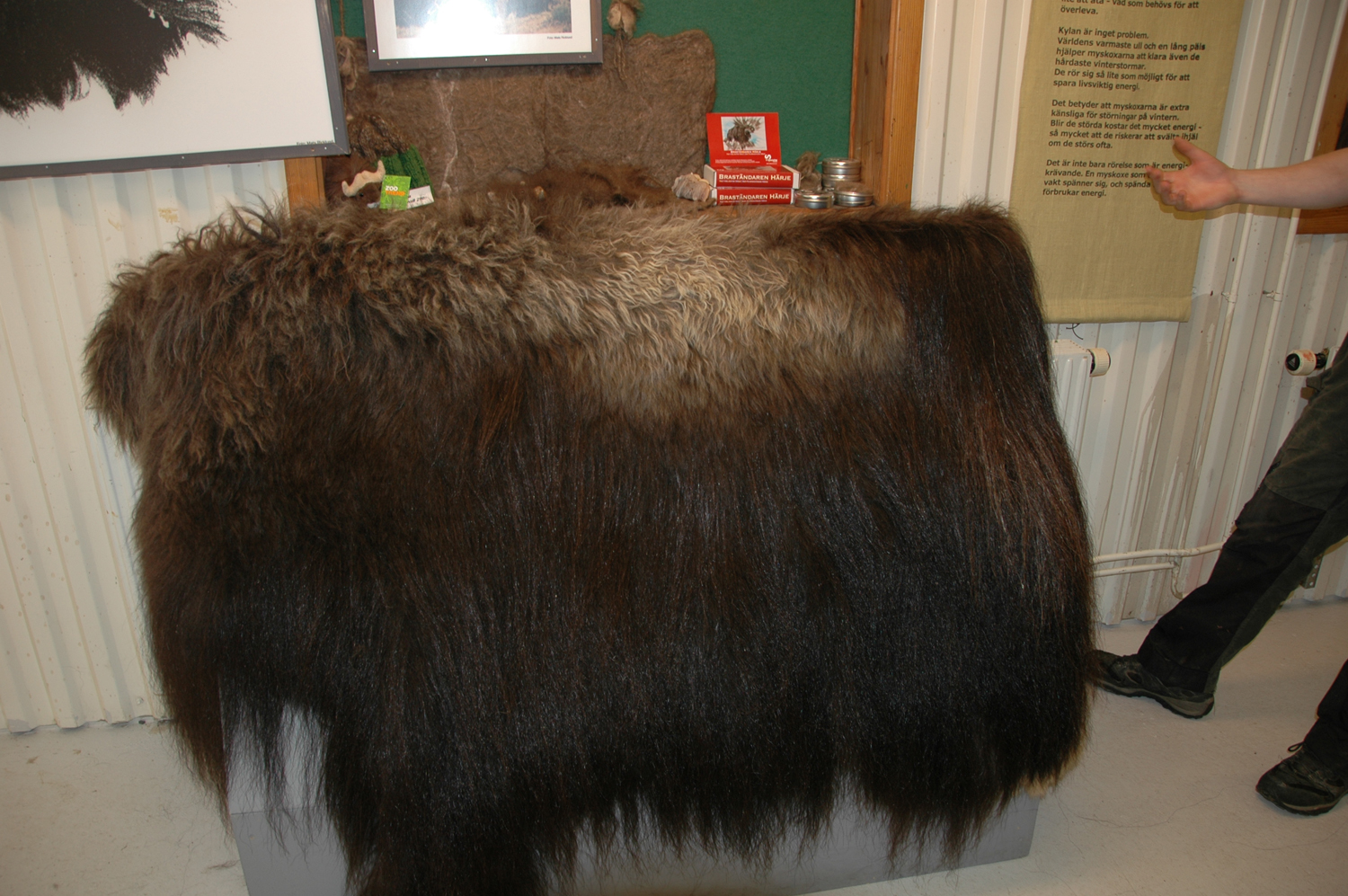
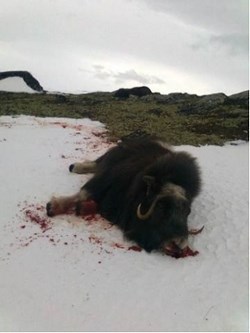
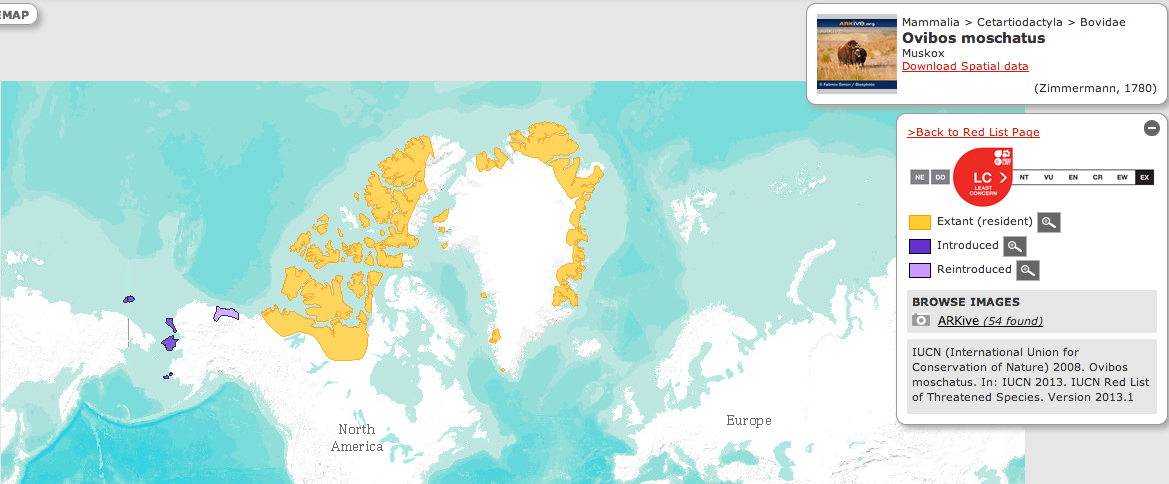
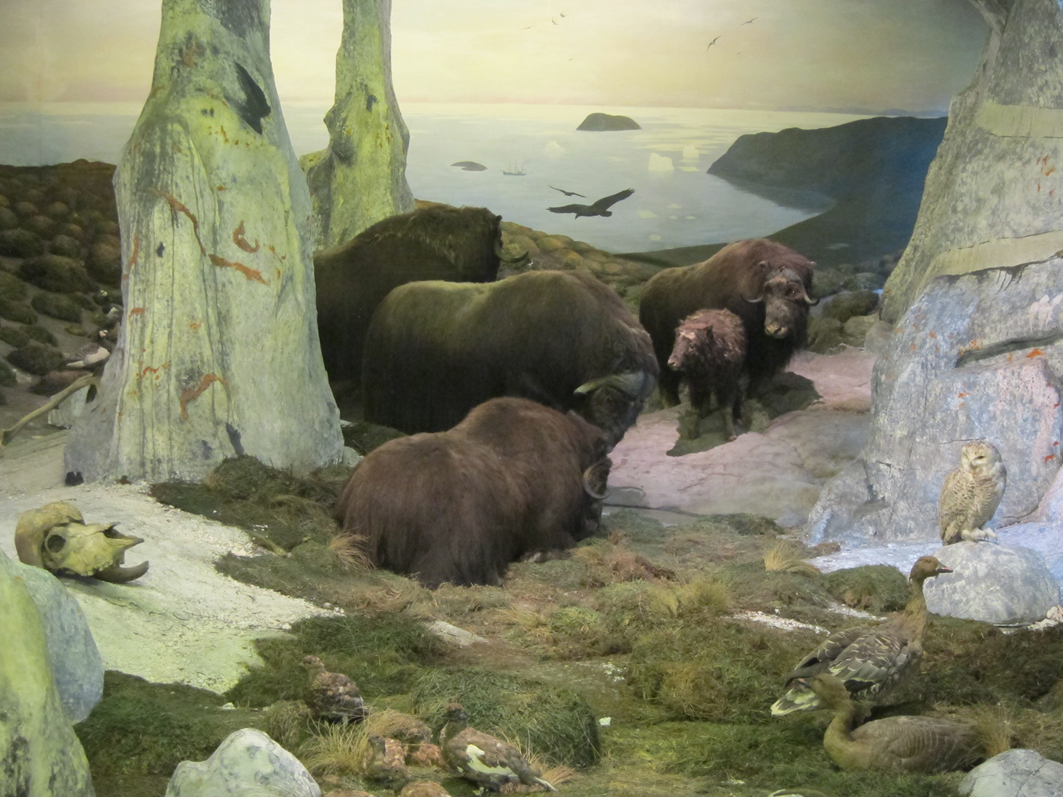
One Comment
Pingback: